U.S. News
20 More Grocery Items That May Disappear Under RFK Jr.’s Food Dye Ban
By Jake Beardslee · June 23, 2025

20 More Grocery Items That May Disappear Under RFK Jr.’s Food Dye Ban
In April 2025, U.S. Health and Human Services Secretary Robert F. Kennedy Jr. announced a plan to phase out seven synthetic food dyes by the end of 2026. These additives include Red 3, Red 40, Yellow 5, Yellow 6, Blue 1, Blue 2, and Green 3. The proposal is part of Kennedy’s “Make America Healthy Again” initiative, which targets ingredients linked to a range of health concerns, including potential behavioral effects in children, as noted in some studies.Here's a detailed look at 20 more everyday grocery items that may be impacted by the ban. Megan Mendoza/The Republic / USA TODAY NETWORK / USA TODAY NETWORK via Imagn Images
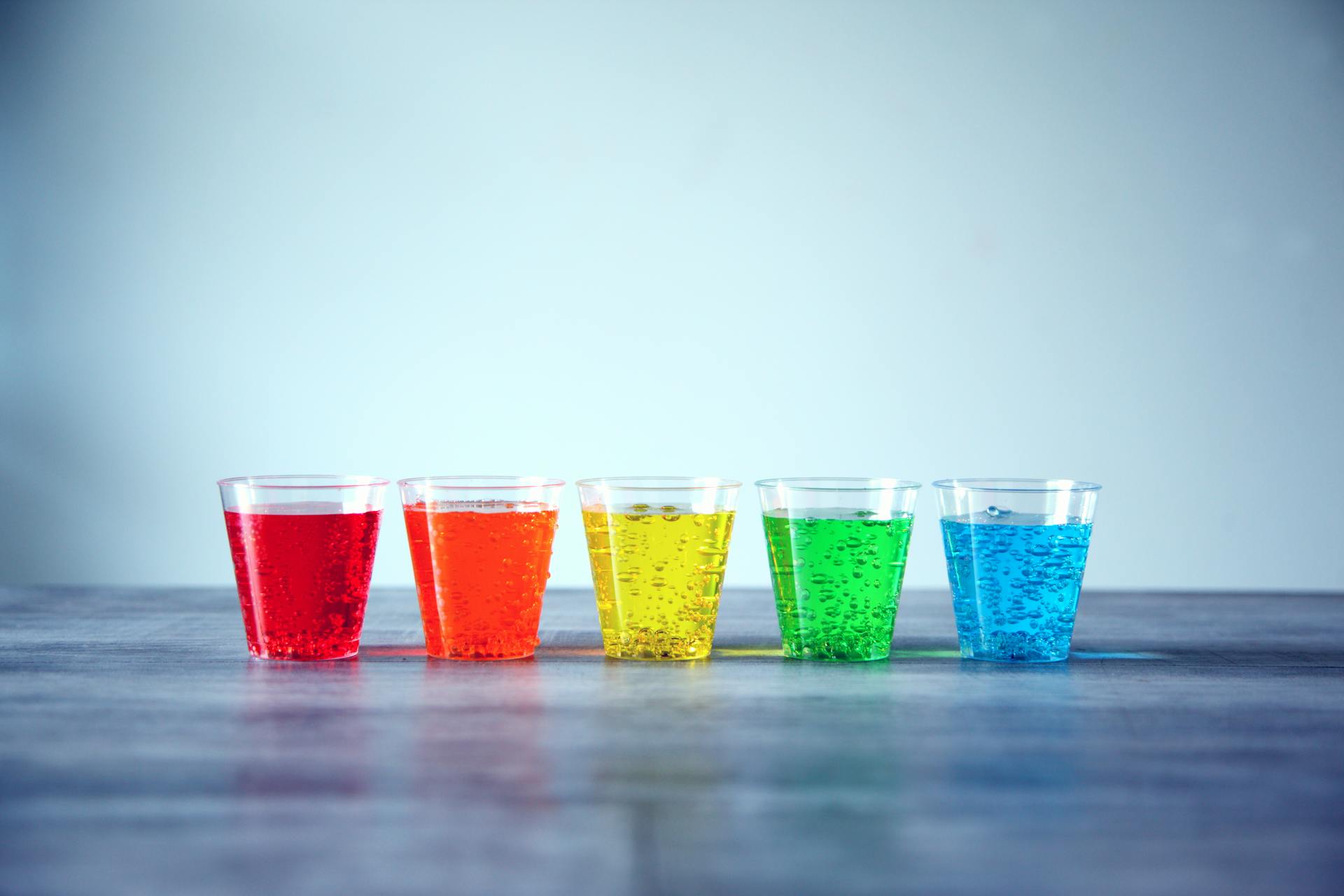
Watchdog Warns Against Trusting Industry Promises on Food Dyes
The Center for Science in the Public Interest (CSPI), a nonprofit watchdog group, has campaigned for years to eliminate synthetic dyes from the food supply. Thomas Galligan, principal scientist at CSPI, told NPR, “The FDA has the authority to ban them outright if they wanted to.”Galligan also cautioned that relying on voluntary measures may be ineffective. “It’s worth pointing out that food companies have made promises like this before. They’ve claimed they’re going to get rid of these food dyes or other additives within a certain timeframe, and then they have consistently reneged on those promises,” he said. Alexander Grey / Pexels
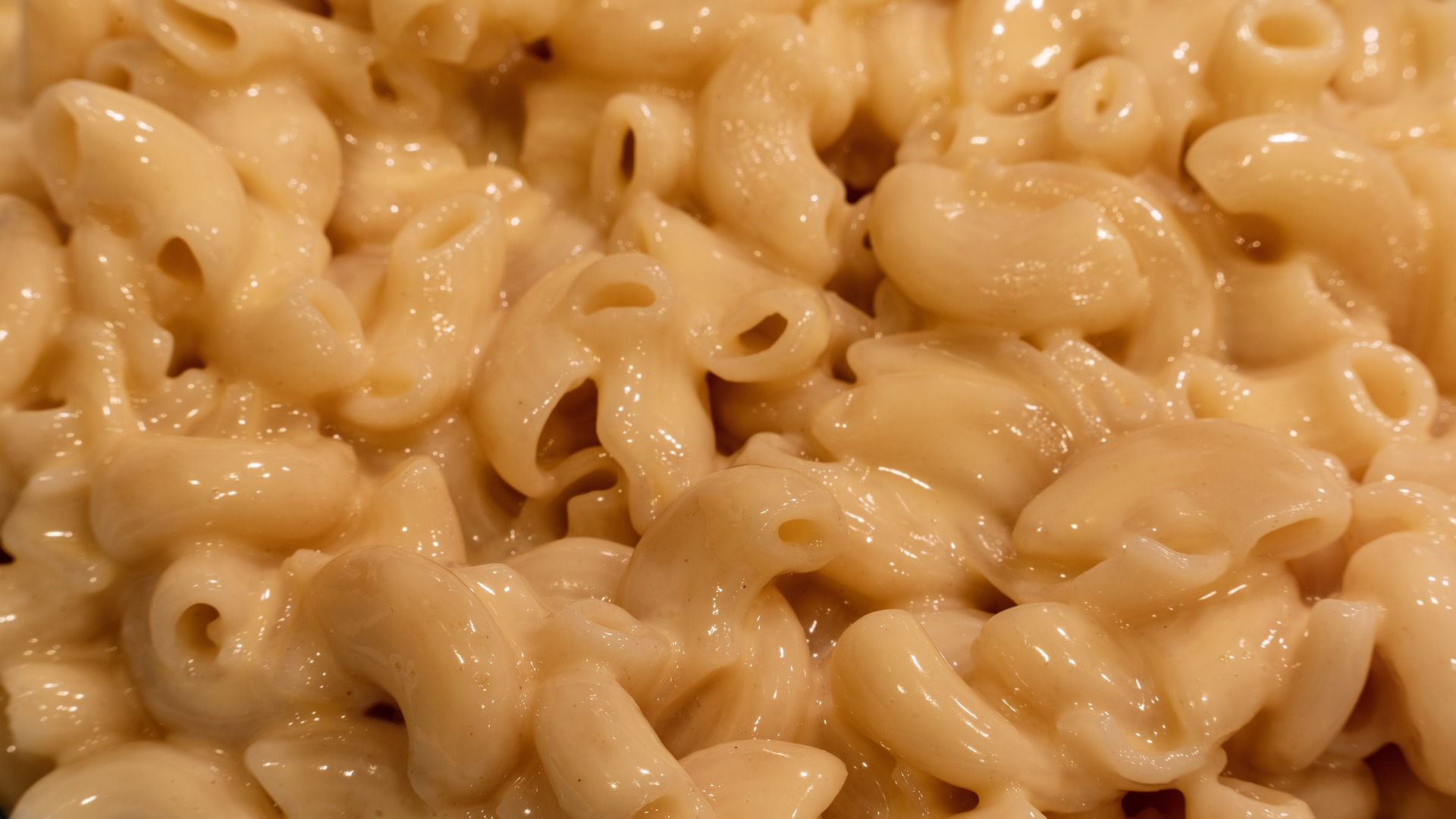
Macaroni and Cheese Powdered Mixes
Many boxed macaroni brands use Yellow 5 and Yellow 6 to create the classic orange hue. It’s not just about flavor; consumers expect that familiar look. Brands that struggle to match it may scale back or pull the product entirely. Hucklebarry / Pixabay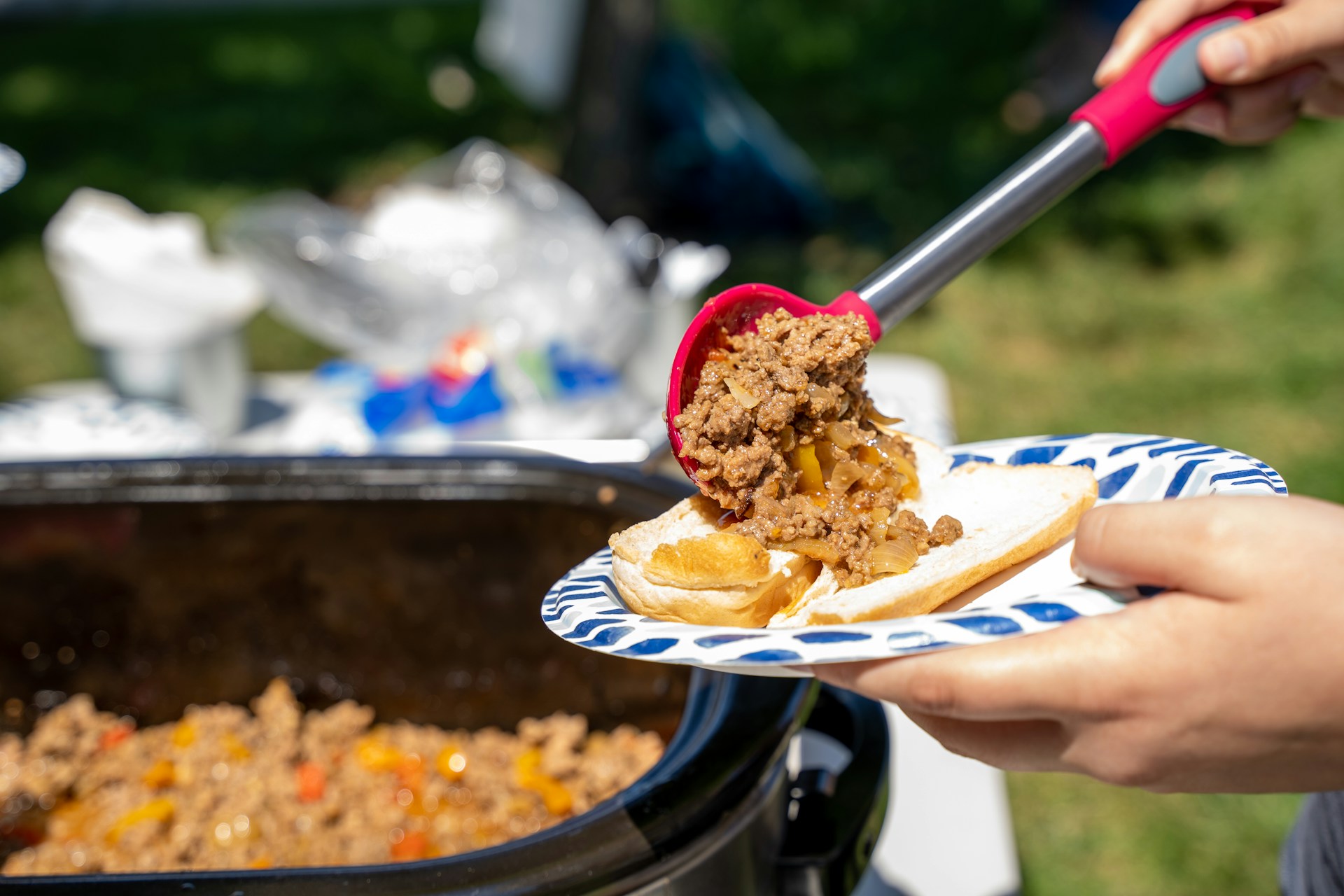
Sloppy Joe Seasoning Packets
Dry seasoning packets for sloppy joes often use Red 40 to give the final sauce its rich, reddish tint. Without it, the mixture looks pale and unappetizing, which can turn off buyers expecting the classic color. Reformulating with natural coloring would increase production costs and may lead to some versions disappearing from shelves altogether. Jessica Tan / Unsplash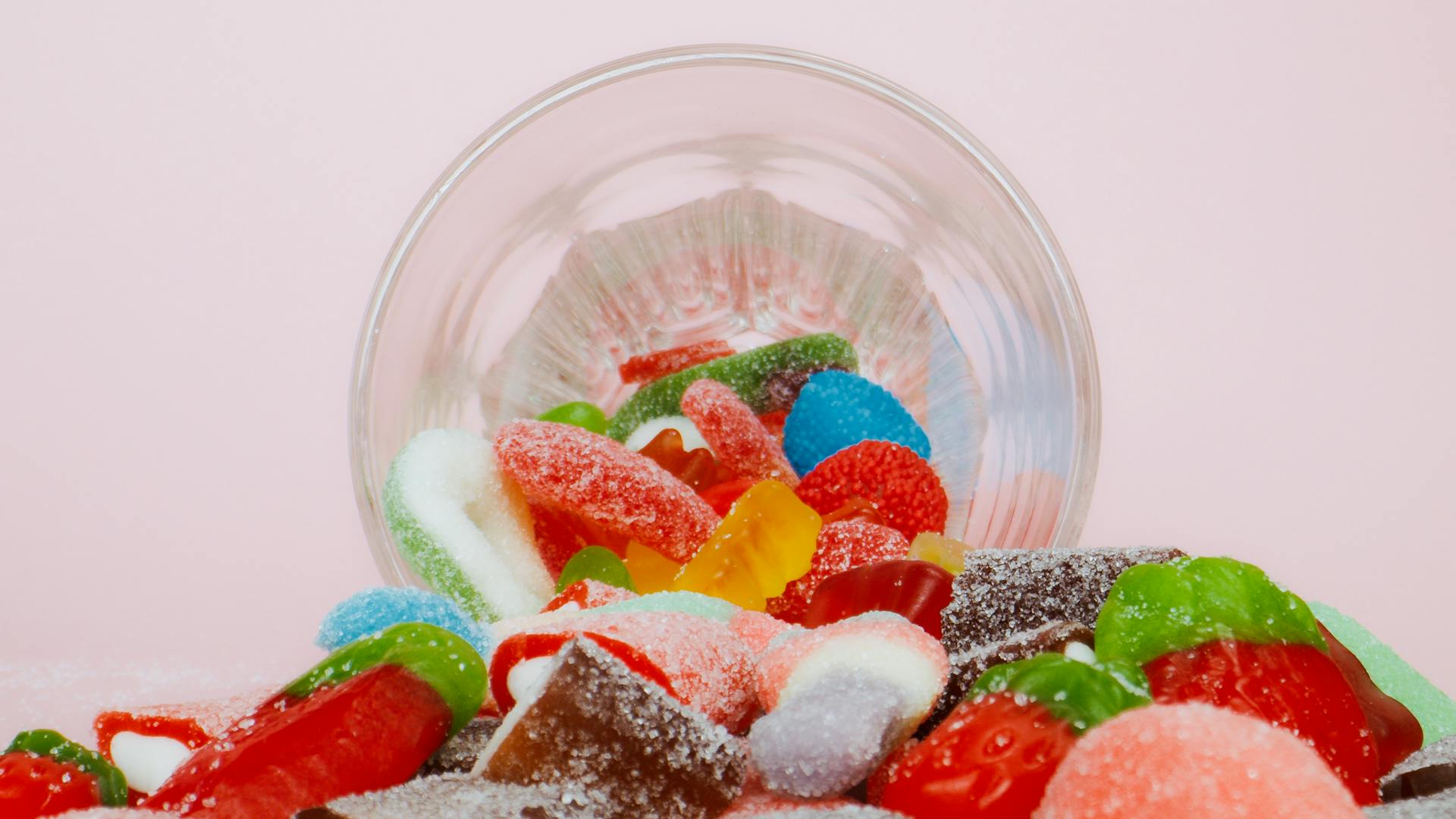
Chewy Fruit Snacks
These snacks often include Red 40, Yellow 5, and Blue 1 to distinguish flavors. They are molded to look like fruit, and color drives the illusion. A duller look could cause sales to dip, possibly leading to discontinuation. Tima Miroshnichenko / Pexels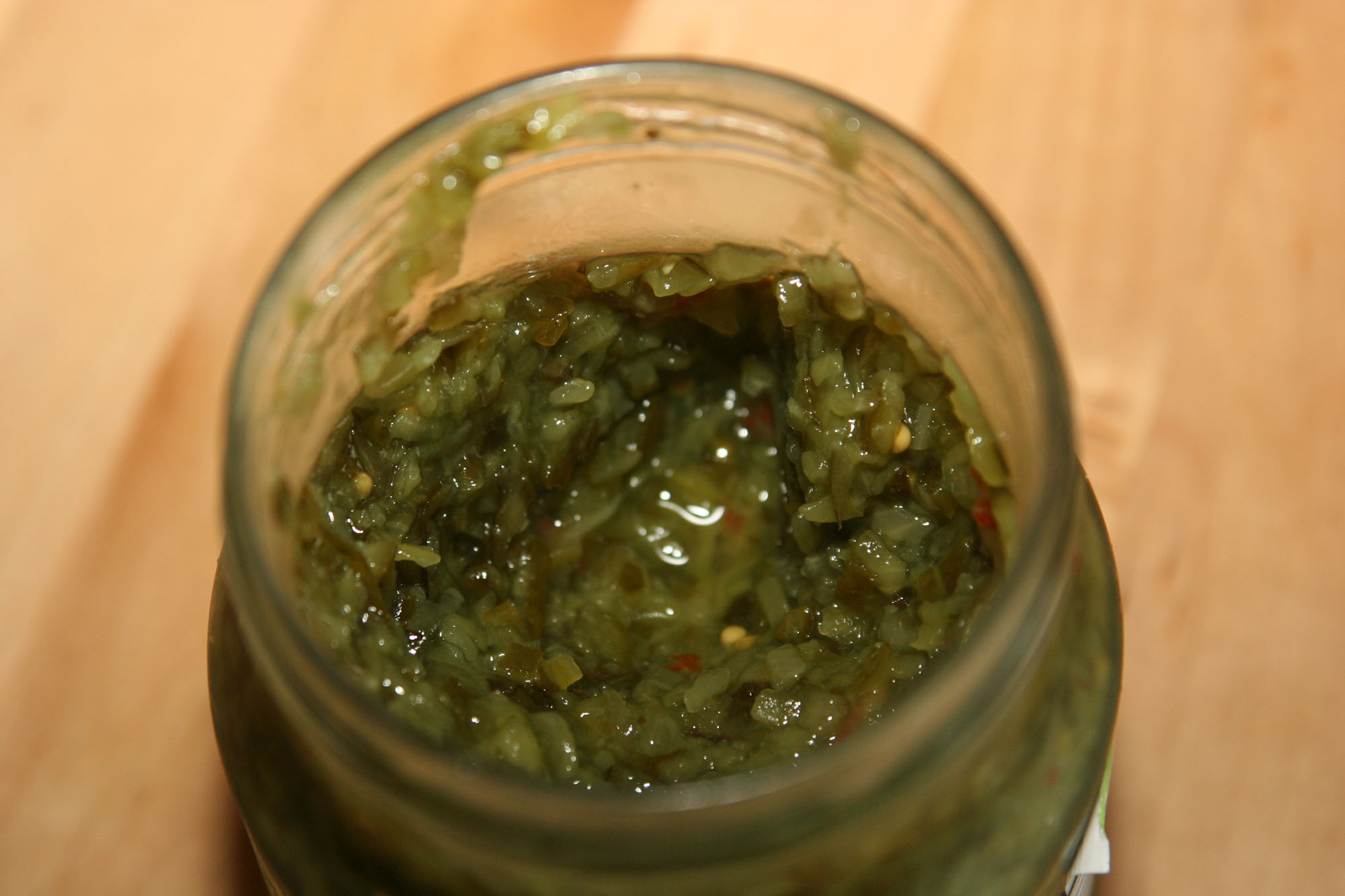
Sweet Pickle Relish
Mass-produced relish often contains Yellow 5 to brighten up the brine. The dye gives it that vibrant green, shelf-stable look. Without that visual cue, some brands may disappear from condiment aisles entirely. Public Domain / Wikimedia
Orange-Flavored Soda
Many orange sodas do not actually contain orange juice, but they do often rely on Yellow 6 for color. The hue is deeply tied to the taste perception. If the reformulated drink looks too flat or pale, it could be dropped by major retailers. Eva Bronzini / Pexels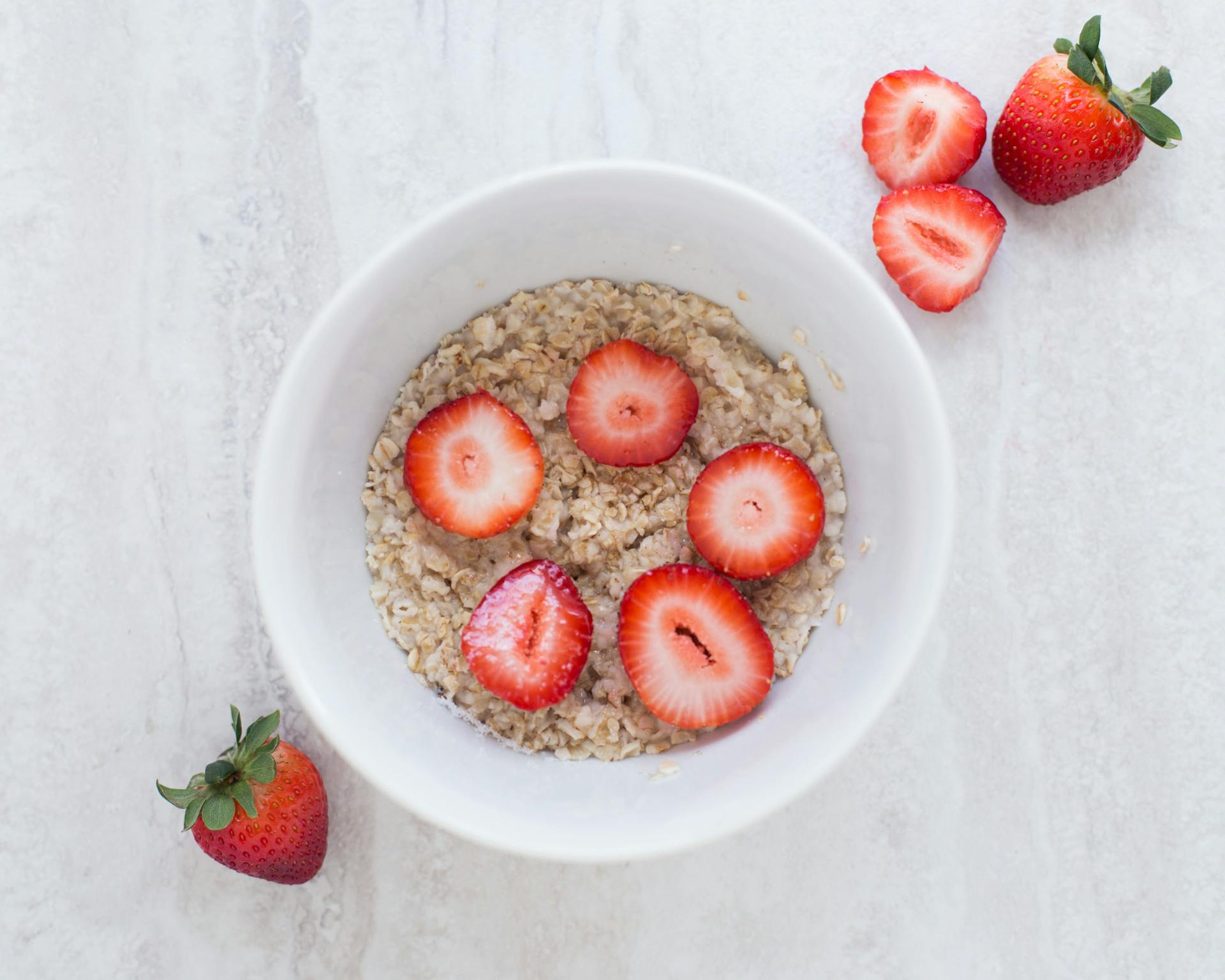
Fruit-Flavored Instant Oatmeal Packs
Flavors like strawberries and cream often include dye-laced fruit bits, typically colored with Red 40 or Blue 1. Without those bright visual cues, consumer interest may drop, causing some versions to quietly disappear from store shelves. Keegan Evans / Pexels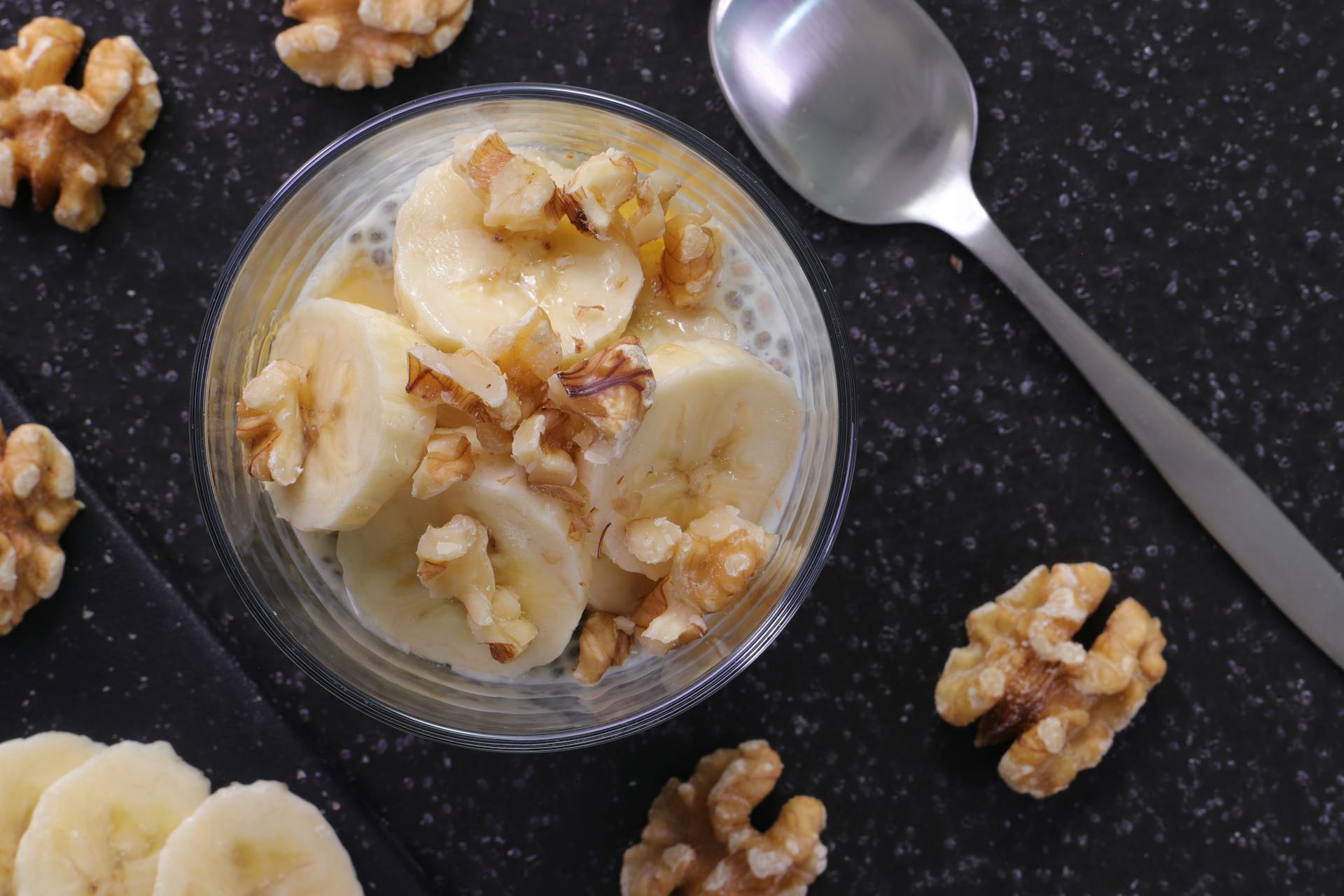
Packaged Banana Pudding Mixes
Boxed pudding often uses Yellow 5 for visual appeal. Even though real bananas brown naturally, these puddings are designed to stay bright and cheerful. If they lose that visual charm, grocery stores may stop carrying them. Nic Wood / Pexels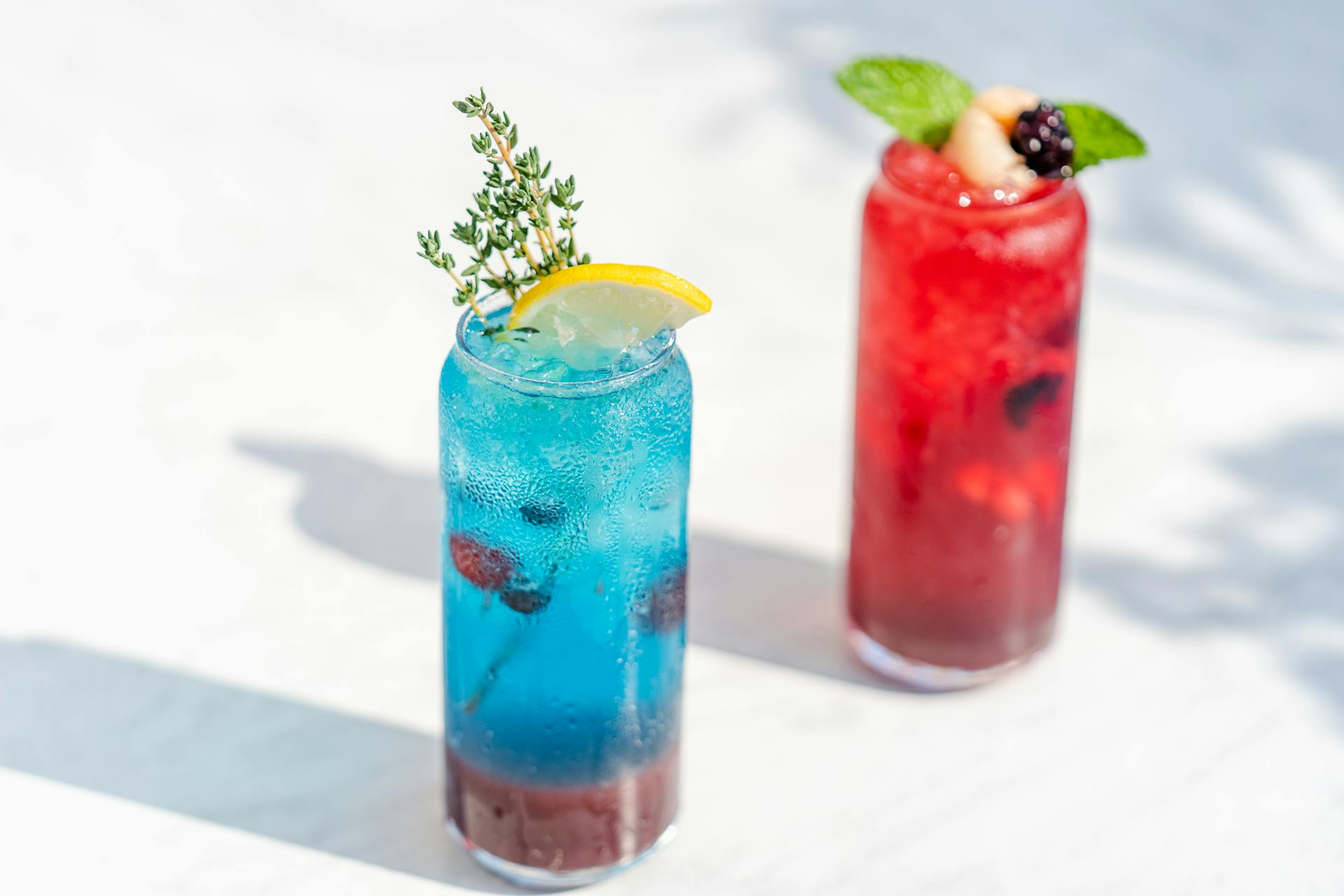
Water Enhancer Squeeze Bottles
Brands like MiO and store equivalents typically rely on heavy doses of Red 40, Blue 1, and Yellow 5 to create strong visual identity for each flavor. These dyes color both the liquid and the water it is added to. If the transition to natural colorings fails, some flavors may be pulled entirely. Denys Gromov / Pexels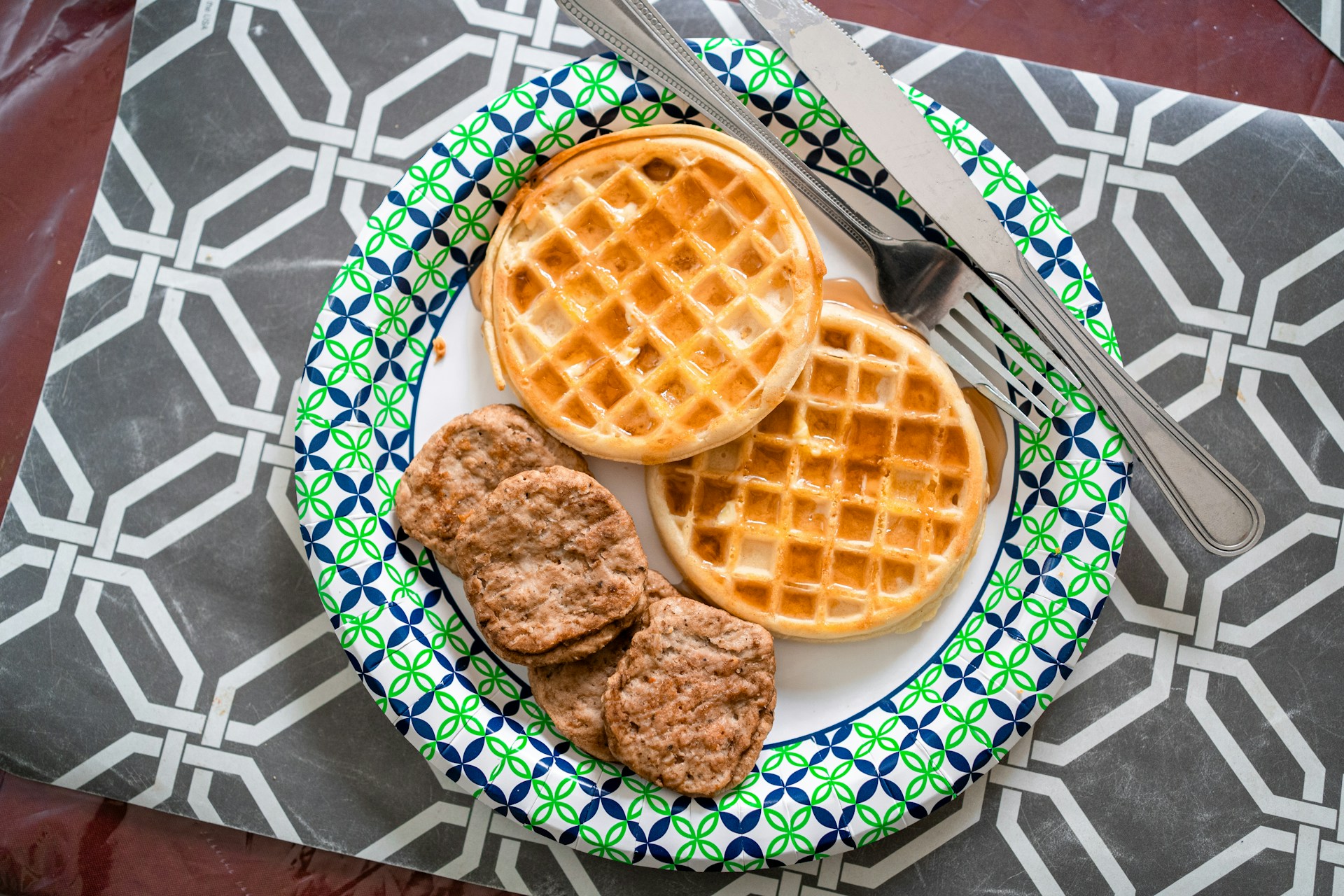
Frozen Meatless Sausage Patties
Plant-based breakfast sausage alternatives sometimes use Red 3 or caramel coloring to mimic the cooked-meat hue. Some versions include Red 40 as a color booster. A duller look may hurt consumer appeal, which could lead to these being discontinued in some stores. Derick Ducosse / Unsplash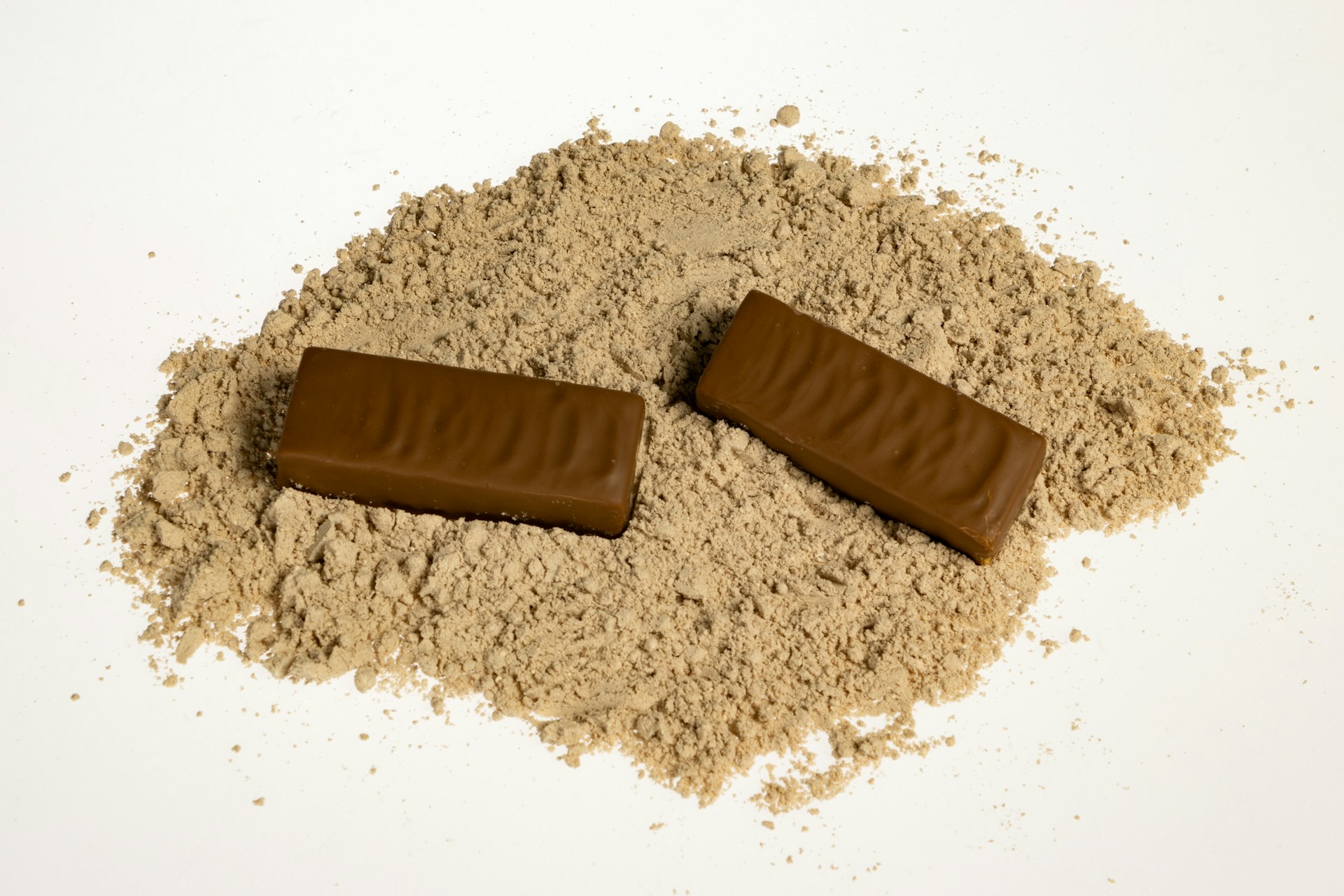
Cake-Flavored Protein Bars
These bars often contain tiny rainbow sprinkles made with synthetic dyes, signaling fun and indulgence. Reformulating with natural alternatives could be costly, and some brands may disappear from shelves altogether. Aleksander Saks / Unsplash
Instant Cup Noodles (Spicy Flavors)
The seasoning packet in spicy cup noodles frequently contains Yellow 6 and Red 40. The bold color suggests heat and richness. Without it, the product could lose appeal and get replaced by alternatives. Markus Winkler / Pexels
Gummy Multivitamins
Though often marketed as healthy, many adult gummy vitamins are dyed to match fruity flavors using Red 40 or Yellow 6. The color helps reinforce flavor cues and branding. Natural replacements are expensive and may reduce shelf stability, which could push companies to cut less popular varieties. Supplements On Demand / Pexels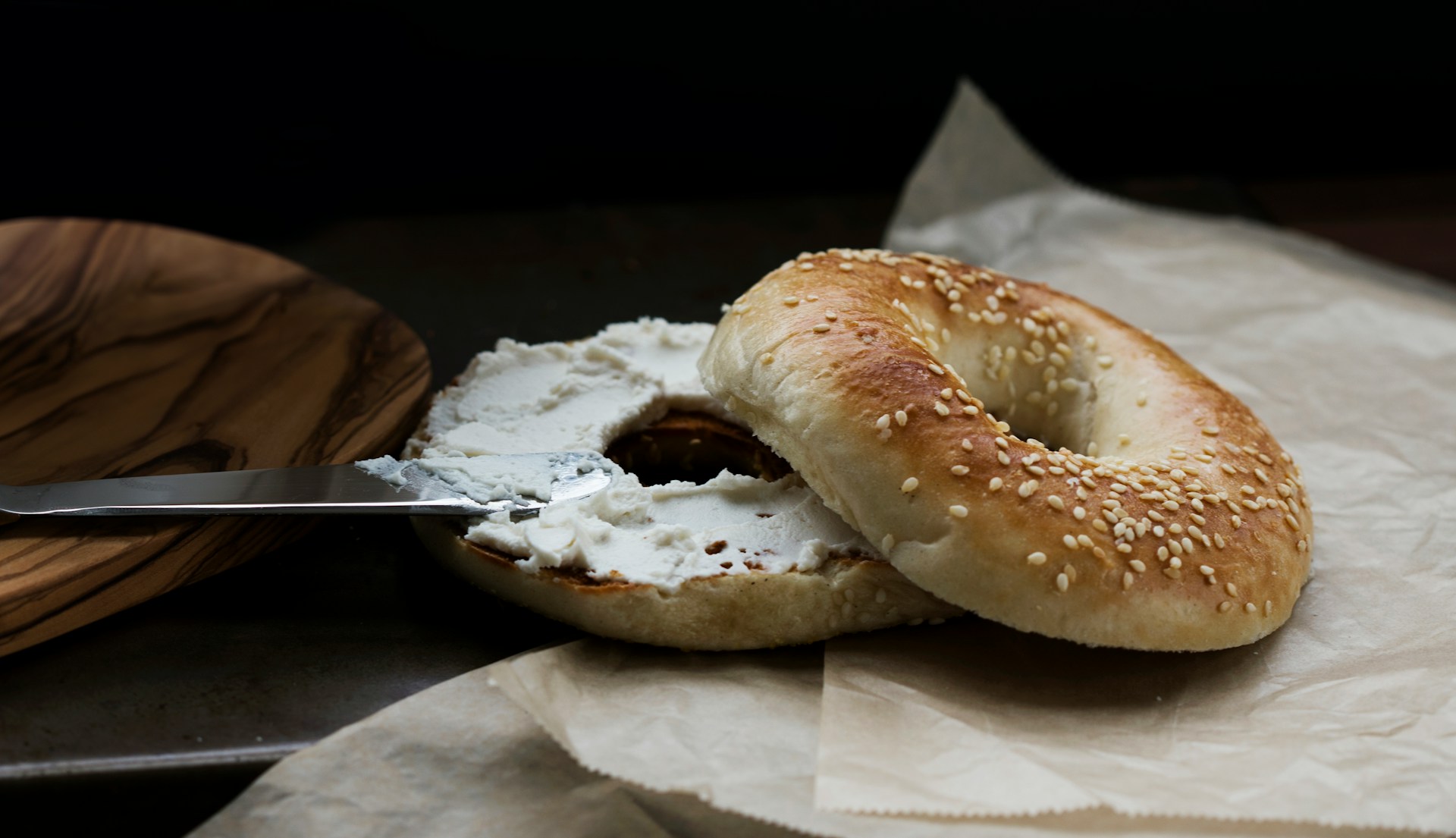
Flavored Cream Cheese Spreads
Products like strawberry or blueberry cream cheese often include Red 40 or Blue 1 to create their pastel hues. The color sets them apart from plain spreads and signals flavor immediately. Reformulating would increase ingredient costs and reduce consistency, which could make certain flavors less profitable to produce. Caroline Ross / Unsplash
Shelf-Stable Colored Frosting Tubs
Ready-to-use frosting in colors like blue, red, and purple is common in baking aisles. These rely heavily on synthetic dyes for saturation and long shelf life. Natural dyes can break down over time and change color, making reformulation expensive and risky, especially for secondary or seasonal colors that may be cut entirely. Kristina Paukshtite / Pexels
Pink Lemonade Mixes
Powdered lemonade mixes that come in pink or berry flavors typically rely on Red 40 for their vibrant hue. The color differentiates the product from standard lemonade and supports its flavor identity. Without synthetic coloring, the drink may appear weak or off-putting, leading stores to phase out slower-selling versions. ROMAN ODINTSOV / Pexels
Frozen Waffles
Some frozen waffles include bright blue or pink coloring for fun shapes or seasonal themes. These often use Blue 1 and Red 40 to create visual excitement during breakfast. Reformulating would dull their appearance and raise production costs, which could make them less competitive and more likely to disappear from store shelves. Brigitte Tohm / Pexels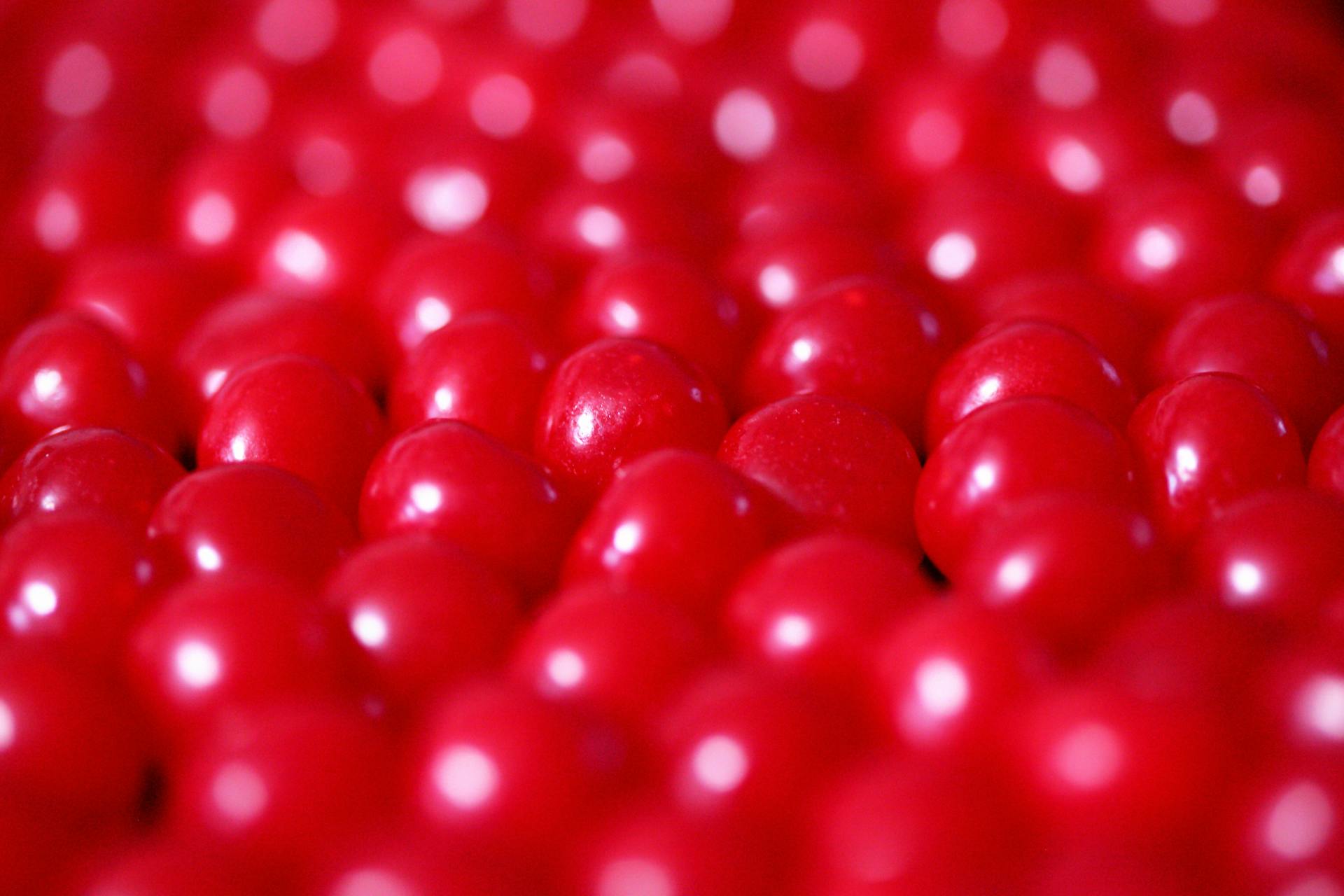
Red Cinnamon-Flavored Candies
Spicy red candies like cinnamon imperials usually rely heavily on Red 40 for their signature appearance. The deep red color is central to the product’s identity and heat association. Natural red alternatives are limited, and reformulating would increase production costs and potentially phase these items out of mass retailers. Alexander Grey / Pexels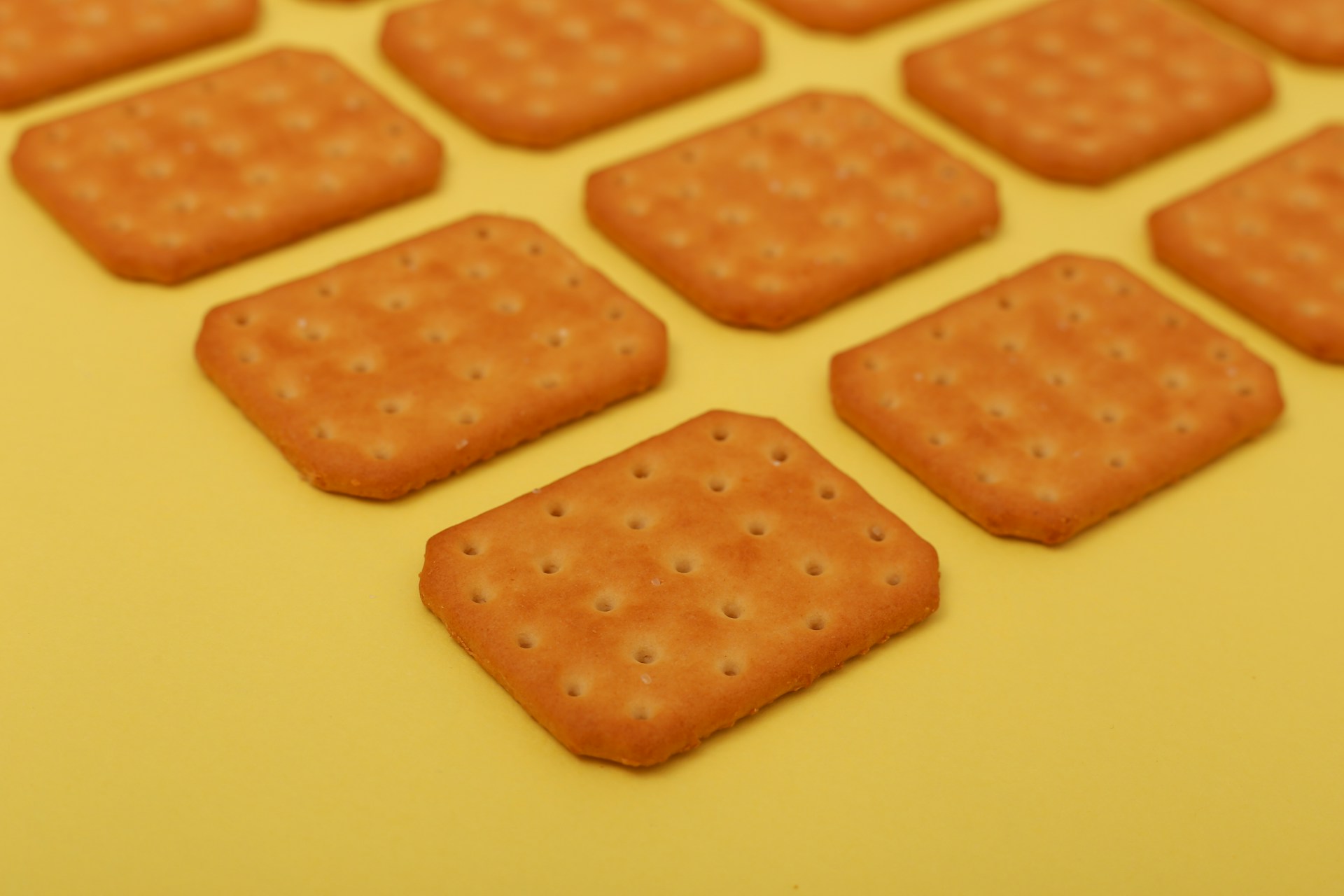
Packaged Cheddar Cheese Crackers
Bright orange cheddar crackers often use synthetic dyes to enhance the cheesy look. Yellow 6 is commonly added to mimic real cheese color. Natural alternatives may not hold up in mass production. Sahand Babali / Unsplash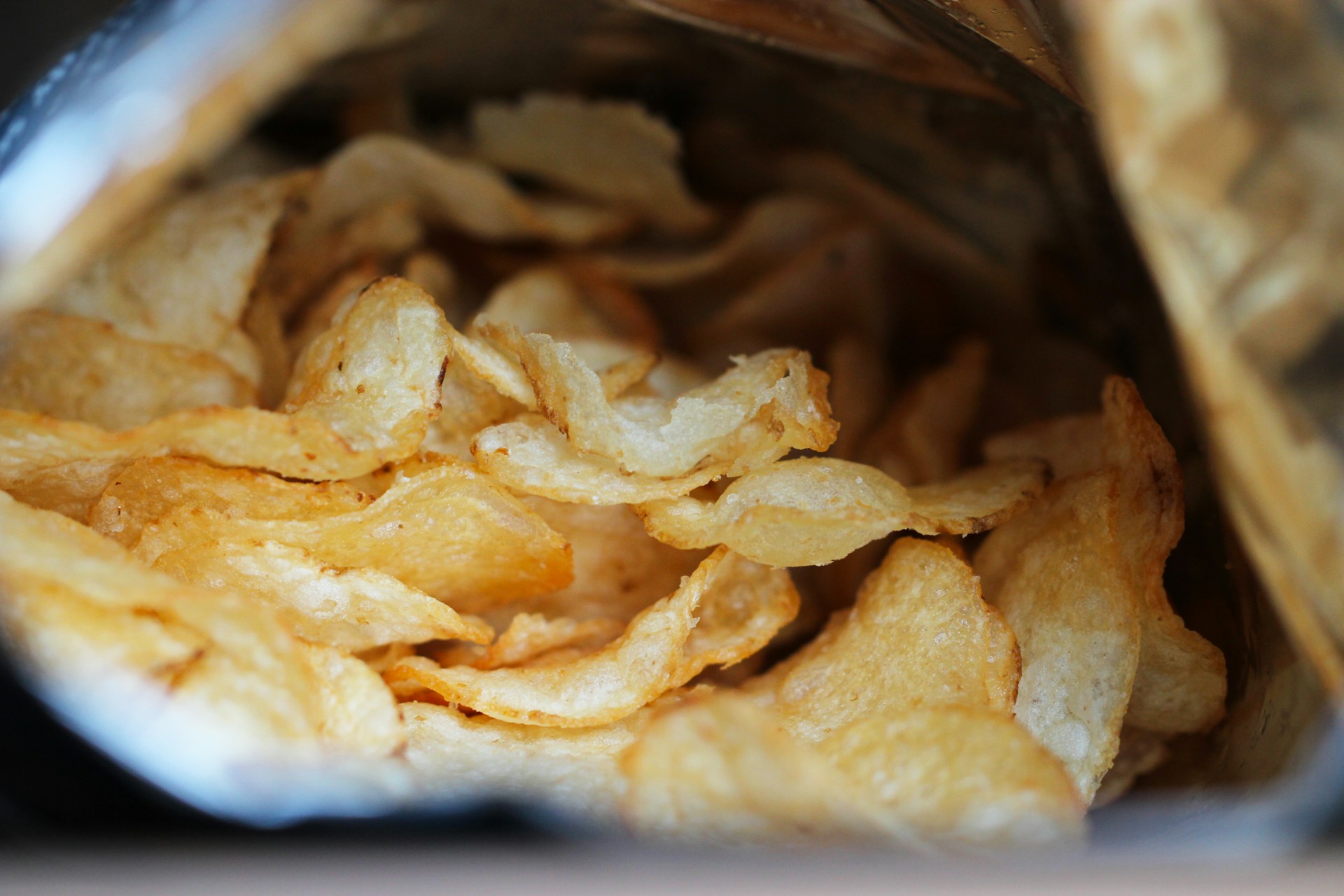
Honey BBQ-Flavored Potato Chips
This chip flavor sometimes uses a blend of Red 40 and Yellow 6 to get its reddish-brown appearance. The color cues consumers to sweetness and spice, helping differentiate it from classic BBQ. Reformulating would raise production costs and complicate consistency, which could lead to fewer product options on shelves. Esperanza Doronila / Unsplash
Colorful Marshmallows
Pastel mini marshmallows in pink, green, and yellow are typically dyed with a mix of Red 40, Yellow 5, and Blue 1. They’re used in recipes and seasonal displays but serve no flavor function beyond color. Without cheap synthetic coloring, they may be pulled from shelves or produced in more limited varieties due to reformulation costs. Kristine Wook / Unsplash
What the Dye Ban Means for the Future of Your Favorite Snacks
Kennedy’s proposed dye ban is aimed squarely at products that rely on color to stand out. For many companies, removing artificial dyes may require total reformulation, especially if the visual identity of a product is tied to synthetic additives. In some cases, the cost or complexity may not be worth it.By the end of 2026, the snack and processed food aisle could look very different. Shoppers may start to notice missing products, dulled colors, or ingredient lists that read a little more naturally than before. Nicole Hester / The Tennessean / USA TODAY NETWORK via Imagn Images